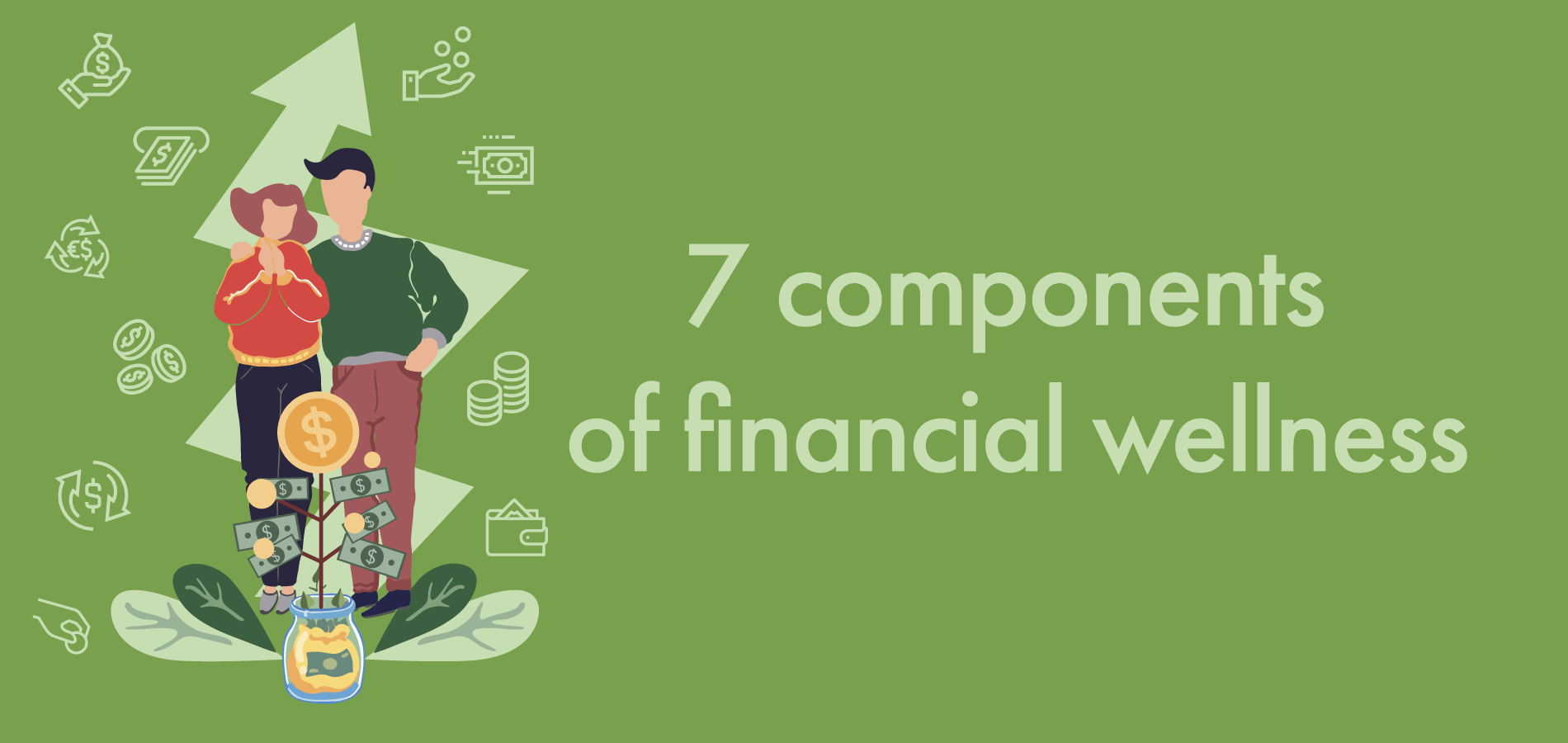The economic and psychological effects of debt can have serious long-term repercussions. Most notably, ill-health, mental health difficulties, and bankruptcy.
Since the pandemic hit Canada and the world, many business and personal lives have changed immeasurably.
As Canadians reemerge into a changed post-pandemic world, the news isn't favorable as far as debt is concerned. So, what is the average Canadian household debt?
Let's find out.
What is the Debt to Income Ratio in Canada?
Statistics Canada reported in late 2020 that the average Canadian household now owes $1.71 for every dollar of disposable income. That’s a sobering debt to income ratio statistic.
Another way of looking at this figure is to say that as a percentage of disposable income, household debt rose to 170.7% in the third quarter of 2020. This rose from 162.8% in the second quarter.
While it's the case that employment is gradually returning to 3.7% of its pre-COVID levels, on its own this is insufficient to help the rising levels of debt.
What is the Average Canadian Household Debt?
No one figure illustrates what the average Canadian household debt is.
Instead, it’s essential to look at this in a broader context. Here are some household debt statistics to consider as we answer the question: What is the average Canadian debt?
Canada Mortgage Debt
In 2020, demand for mortgage loans rose to a new high of $28.7 billion. This means the overall Canadian mortgage debt hit almost $1.63 trillion, according to Statistics Canada.
At the same time, credit rating agency Equifax Canada reported this amounts to an average mortgage debt per person to $73,532, a 2.2% rise from 2019. The average new mortgage debt reached $289,000 in 2019.
Non-Mortgage Debt
Non-mortgage debt is a term used to describe credit card debt, personal debt in Canada, overdrafts, store cards, payday loans, in-store credit debt, and so on.
Interestingly, at the start of the pandemic, consumers wisely spent less, and credit card balances were reduced by 12.3%.
However, at the time of writing, the average Canadian non-mortgage debt had risen 3% to an average of $23,035.
Statistics Canada reported that the total of non-mortgage loans in Canada stood at $789.5 billion at the end of 2020, with around 3 million consumers taking advantage of COVID-related deferral payments since February 2020.
As for credit cards specifically, the average credit card debt in Canada stood at $3,330 at the time of writing in Q1, 2021.
Also, as many as 39% of the workforce stated that their main concern is personal finance, vs. 34% citing workload and 23% citing personal relationships.
The statistics outlined above indicate that many Canadians are potentially facing greater financial difficulty.
Reducing Debt
To reduce debt and still retain a level of financial flexibility, the advice for debt reduction is simple:
First, write a budget that allows for debt repayment, only spending what you have to rather than what you want and paying household bills, including mortgage payments.
Next, consolidate debts where possible to a lower interest loan and always pay more than just the minimum.
Look at 0% balance transfer credit card options. While there’s a fee, it’s often still less than paying existing high-interest rates.
Finally, try to leave expensive habits behind, such as coffee shop visits, cigarettes, and expensive non-home-made lunches.
Incorporated in Canada?
Small business owners and incorporated individuals in Canada can use a Health Spending Account (HSA) to save on their medical expenses. An HSA is a cost effective alternative to traditional health insurance. The plan covers a wide variety of health and dental expenses. You could save thousands of dollars in taxes with an HSA.
Find out more about Health Spending Account (HSA), download my free guides:







